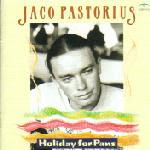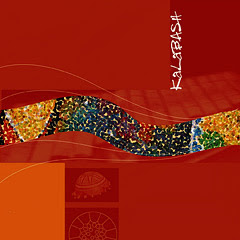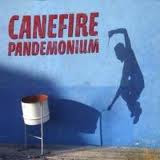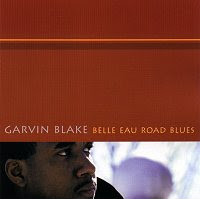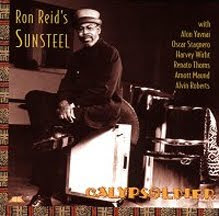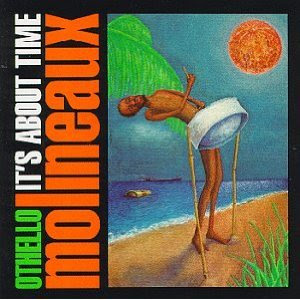The Steel pan is a beautiful creation originated in Trinidad & Tobago in the late 19.30's and is the only orchestral family of acoustic musical instruments to be invented in the 20th century. With instruments ranging from low bass to high sopranos, all made out of the same raw material (oil drums) makes this invention a magnificent achievement for people of Trinidad & Tobago.
Jamani Stewart as a young steelpan soloist has adapted the use of the instrument to perform songs that people in his age group would recognises, creating a refreshing mix of contemporary R & B, hip-hop, dancehall and reggae, performing songs by artistes like R. Kelly, Sean Paul, Akon,T.O.K, as well as performing traditional calypso,s jazz Ballard is helping to bring the steelpan to new audiences. As a young steelpan ambassador he has found the instrument is very popular with staff and pupil at his secondary school perry beaches.

Jamani started recording his first album at 12 years old and completed it by 13th birthay. he was quite impressed to see how his brand of steelpan music was received by people world wide, he also enjoyed TV coverage
To View Jamani in Action on Central News please click on link below
https://www.youtube.com/watch?v=uF4QesMbT_4

Jamani with Proud Dad "Mighty Jamma"
Coming from a musical family has help contribute in many different areas,. Jamani's two uncles as well as Dad are very involved in the music also, Uncle Barry (MACKADUB) Stewart help with all the technical Recording and production side of the album, Uncle Norman ( Pan Maestro ) Stewart Tune's the Steelpans, and his Dad Jamma Stewart is UK'S No1 Steelpan Soloist Champion, so a lot of input from different directions has contributed to the production, not forgetting his sister Rochella Stewart who also plays the pans, and did all the art work for the CD. & Mom who makes his costumes for public performances.

Jamani & Rochella
Team work is always a good thing, when Jamani performs with his dad he gets a chance to explore new musical ideas with improvisation and melodies and understanding the language of music in deeper depths.Check out this on rehearsed performance of improvisation on the stop with Jamani & his Dad.
To view video click on link https://www.youtube.com/watch?v=wPb7Dpi8X4c

using the steelpan to play diffrent stlyes of music can only help the instrument to move forward into interrogation with conventional instruments.
It was a pleasure to see Jamani getting awarded at school for unstanding musical achievements,

Happy Family Friend TV Celebrity Rusty Lee at Perry Beaches Awards Evening

Angela Stewart, Rusty & Jamma proud parents of Jamani celebrate with good friend Rusty

Proud head Master Liam Noland Perry Beaches school

To hear sample's of Jamani please visit https://www.youtube.com/watch?v=OU2MCElFXrU
For information on workshops/ performances please visit www.jammasteelpan.net
Read more: http://www.articlesbase.com/music-articles/young-steelpan-ambassador-4081738.html#ixzz1BmWxAiDg
Under Creative Commons License: Attribution
Andy Narell, globe-trotting and pioneering steelpan jazz musician, composer and arranger chats about his beginnings in the world of steelpan in the 1960s, and the evolution of the sound that he is leading in the 2020s with a new sample library of steelpan instruments created by the legendary master tuner Ellie Mannette. And everything in between. From the West Coast of America to Trinidad to South Africa, to the French Antilles and Japan, the Narell sound and music is a standard for many on how the business of steelpan jazz performance and recording operates. Caribbean and Latin American rhythms, African pulses, post bop references all colour his music, and with a prolific output of recordings, steelpan jazz is part of the global jazz conversation. Wed, 21 Sep 2022





